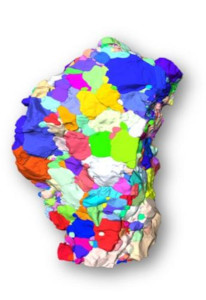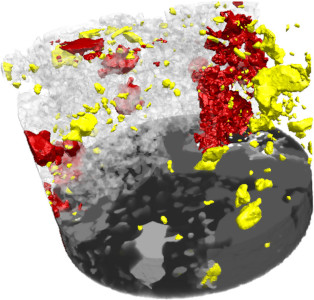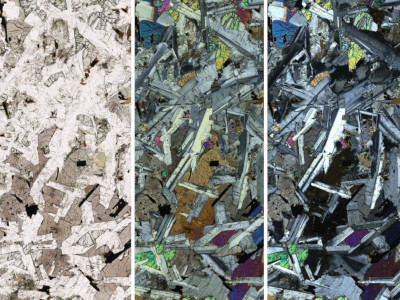SUNDAY, 26-OCT-25 03:06
SUNDAY, 26-OCT-25 03:06

Zeiss Workshop: Richard Taylor
Tuesday, 16 April - 09:30 - 12:30
Quantitative Data and “Everyday AI” in Geoscience Microscopy
Geoscientists are prolific microscope users, bringing together light, electron, and X-ray microscopy to characterise rock samples across multiple scales. The requirement to use many diverse techniques to understand our samples creates a vast array of data. AOur goal is to make the acquisition and curation of high quality data as simple and consistent as possible even across large projects. Allowing the valuable time of highly trained geoscientists to focus on data interrogation and interpretation.
The ZEISS workshop will contain several sessions showcasing the latest technology for geoscientists.
1. Information sessions – We will cover the latest software technologies for processing data from a variety of imaging and analytical techniques including light, electron and X-ray microscopy (LM, EM and XRM). This will include key modern microscopy subjects such as quantitative analysis, mineral identification, open source data, correlative microscopy, image segmentation, and AI integration.



2. Hands-on session – Understanding what is the right tool for your task is a key part of how geoscientists interact with microscopy and microanalysis. We will use SEM-EDS (energy dispersive spectroscopy) as an example to highlight a key geoscience workflow of major element analysis for mineral compositions and subsequent downstream workflows. Key topics for this session are quantitative data, open data formats, and integration of proprietary software with free online software developers.

For the hands on session we will be taking quantitative EDS data obtained from SEM using automated mineralogy software. This data will be analysed by attendees using the free software XMapTools developed by Dr. Pierre Lanari at University of Bern, which attendees will be required to download and ensure is working prior to arriving at the workshop (link below). Quantitative EDS data will be directly compared to major element data from electron microprobe for group discussion. Data provided on site.
XMapTools download or visit https://xmaptools.ch/
Presenter
Rich completed a PhD in Experimental Petrology at the University of Edinburgh in 2009, before moving to Curtin University in Western Australia as a SIMS laboratory specialist. He subsequently held research positions in the School of Earth and Planetary Sciences at Curtin studying geochemistry and geochronology, specialising in imaging and microanalysis. In 2017 he moved to the University of Cambridge to study magnetic inclusions in Earth’s oldest materials using novel microscopy techniques. In 2019 Rich moved to Zeiss based in Cambourne, UK to take on the global Geosciences Applications Development role.